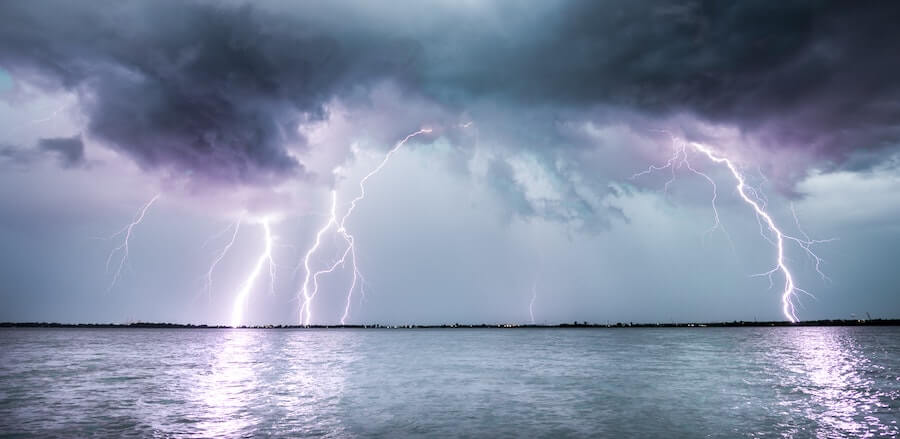4 Reasons You Need a Disaster Recovery Plan
This month marks the beginning of hurricane season. This is a critical milestone for all Florida businesses, which should be preparing for potential storms and the devastation they can cause. But disasters can include much more than just hurricanes. This year, instead of writing the obligatory hurricane season blog post, we’re sharing four reasons your business needs a disaster recovery plan year-round.
Types of Disasters that Threaten Business Continuity
No universally accepted list of disaster categories exists. However, here are a few types of events that can impact business continuity:
-
Natural Disasters
These disasters are events over which humans have no control. This includes hurricanes, of course. But, it also includes floods, tornadoes, earthquakes and wildfires, which can damage and disrupt systems that businesses need to operate.
-
Technological Systems Failures
These types of disasters include technological hazards involving accidents or failures of systems or structures. For example, utility problems like a power outage can disrupt business continuity.
-
Human-Caused Threats
These disasters involve people performing intentional acts that harm businesses. For instance, cyberattacks, theft and employee sabotage to a business’ IT network or devices are all caused by humans.
Why Businesses Need a Disaster Recovery Plan
Keeping in mind that disasters can come in many forms, it’s important that businesses have an iron-clad disaster recovery plan in place at all times. It should outline plans for what the business will do if it experiences events like:
- Power outages
- Disconnected internet
- Damaged equipment
- Employees unexpectedly working remotely
- Many other considerations
Here are four reasons to build and regularly update your disaster recovery plan:
-
Maintain Business Continuity
As soon as your network fails, your business starts losing money. So, the ultimate goal of your disaster recovery plan should be to minimize business disruption and keep the business running as normally as possible. This means having systems and procedures in place to prevent or shorten potential network downtime following a disaster.
-
Maximize Customer Satisfaction
Maintaining business continuity means avoiding the frustrations customers may have experienced if your network had gone down. In other words, a business that continues running even after a disaster can better serve its customers and keep them happy.
-
Stay Compliant
Data loss and downtime can violate some compliance and legal requirements. For example, violating HIPAA, SOX, GLBA and other regulations can lead to significant risk and, potentially, high fines.
-
Avoid Permanent Data Loss
A solid disaster recovery plan will address data back-up and recovery. This will help ensure your business doesn’t permanently lose important data and files.





